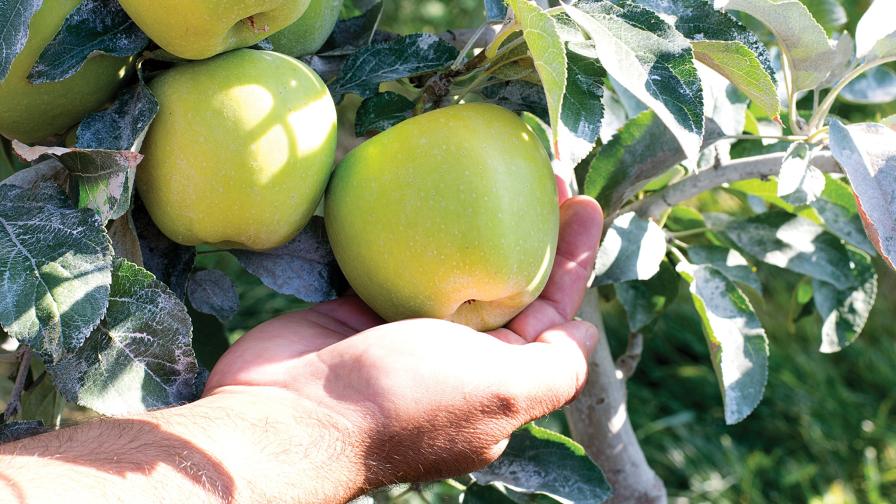Scientists Searching for New Ways To Protect Potato Crops from Pests
A research team led by Zsofia Szendrei, a Professor in Michigan State University’s Department of Entomology, has received a $6 million grant from USDA’s National Institute of Food and Agriculture (NIFA) to study insect pest management strategies for U.S. potato production systems. The team will explore alternative pest management solutions in lieu of using neonicotinoids. This grant was initiated through discussions with growers and potato industry representatives who highlighted the need for a project like this in 2020.
Neonicotinoids are a class of insecticides that’ve been commonly used in agriculture since the 1990s. Neonicotinoid insecticides are commonly applied at planting. Plants absorb the chemicals through their roots and distribute them within themselves as they grow. As a result, insects feeding on the plants encounter the chemicals and die.
However, several factors have jeopardized the future use of these chemicals. Insects can become resistant to neonicotinoids, having no effect on pests as they attack plants. Pollinators and other nonharmful organisms — even fish and amphibians — can be harmed by their toxicity as well.
Certain businesses and food retailers have stopped selling products that are grown using neonicotinoids in support of safeguarding pollinators and the environment.
The USDA-funded project, part of the USDA Specialty Crop Research Initiative, is a collaborative effort among institutions and agencies across the country to evaluate alternative pest-control practices on potatoes.
In the short-term, entomologists will test insecticides that don’t involve neonicotinoids. Some have already been registered and approved for use, while others are experimental. Szendrei says the hope is to create pest-management programs that are favorable to nontarget organisms and the environment.
“We’ll test different tiers of insecticide programs that rank in how friendly they are to beneficial insects and how effectively they control key pests,” Szendrei says. “It’s like a menu of different pesticides that are put together into a season-long control program.”
Working in multiple states will allow the team to target pest problems specific to particular potato-growing regions of the U.S.
Long-term goals include understanding how the shift away from neonicotinoids will impact the potato industry and what some of the barriers to adopting a system without the chemicals may be, as well as finding solutions for them.
Researchers also will create an interactive map growers can use to detect when crops are at risk of an upcoming pest attack. Similar maps have been created for apples in Washington. With funding from the USDA, the aim is to expand the map to potatoes and make it available to states outside of Washington — potentially the entire country. Szendrei says this type of technology will bolster the effectiveness of the insecticide programs she and other researchers will be developing because it’ll give growers a better idea ahead of time for when and what type of insecticides to use.
For more, continue reading at canr.msu.edu.









